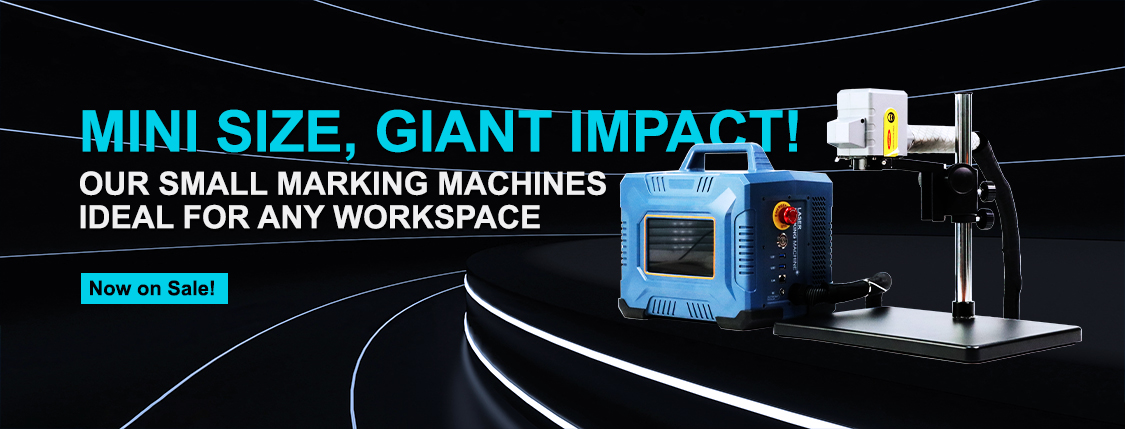Switch regulator based on LC
Switch regulator based on LC
buck converters are much like barrel regulators, except that inductors replace resistors and a "new" diode is added. If we can understand the function of the diode, we can understand the basic principle of various power converters more clearly. This diode is called a clamp diode, a continuation diode, a commutator diode, or an output diode. Its basic function is unchanged, and it is closely related to the behavior of the circuit inductor itself.
In addition to buck regulators, there are two other circuits that use both inductive and capacitive elements for basic switching functions, each with a corresponding circuit topology. In addition to buck (step-down) circuits, there are boost (booster) and buck-boost (booster - step-down) circuits. As can be seen below, although the basic principles of these three circuits are similar, their circuit structure and characteristics are completely different. As a future power supply designer, we must understand and master the basic principles of various circuit topologies, so as to have a very quick response to different circuit topologies and their characteristics in the design process.
Note: Some capacitive regulators (such as the "charge pump" type) are also called inductorless switch regulators. Usually only used in very low power situations, the output voltage can only be several multiples of the input voltage.
There are also some other LC type circuit adjusters - such as resonant topologies. Similar to conventional DC-DC converters, they also use reactance elements (inductors and capacitors) in combination with switches, but the basic principles of operation are completely different. I won't go into depth here. The switching frequency of such topologies needs to be adjusted, and the design usually wants the regulator frequency to be constant. In fact, any switching topology with variable frequency will produce electromagnetic interference and noise of different frequencies that are difficult to predict. In order to reduce these hazards, quite complex filters are needed.



